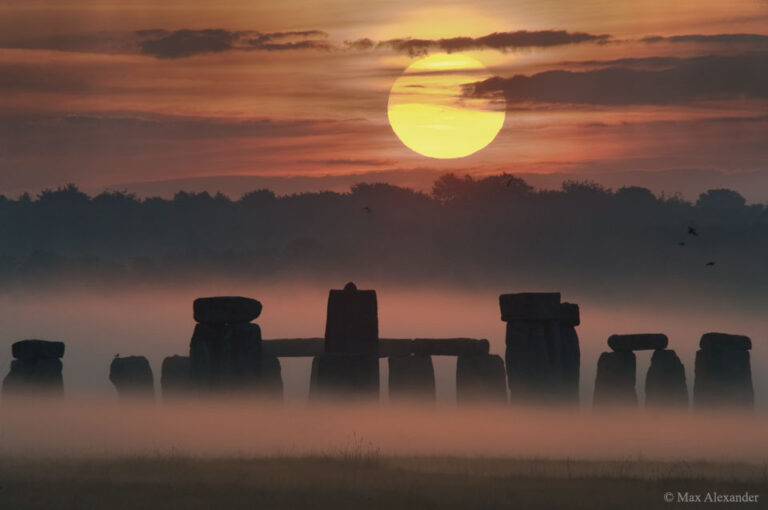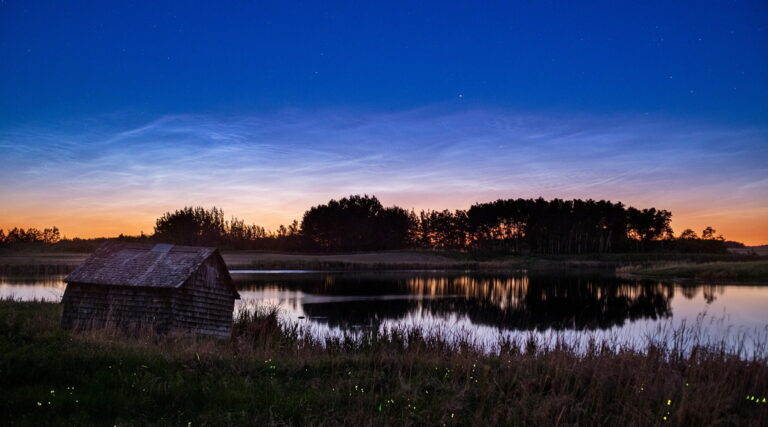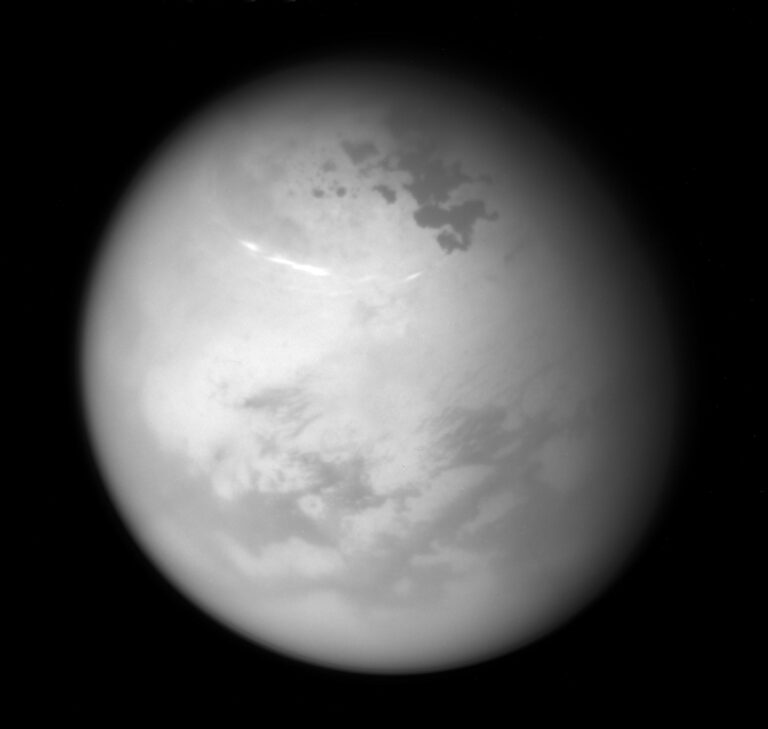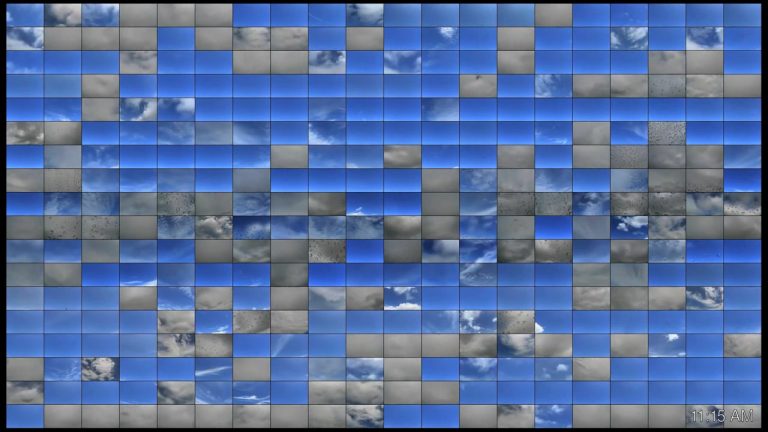巨石阵的夏至日出
2021年06月20日 Sunrise Solstice over Stonehenge Image Credit & Copyright: Max Alexander, STFC, SPL Explanation: Today the Sun reaches its northernmost point in planet Earth’s sky. Called a solstice, many cultures mark this date as a change of seasons — from spring to summer in Earth’s Northern Hemisphere and from fall to winter in Earth’s Southern Hemisphere. Precisely, the single time of solstice occurs today for some parts of the world, but tomorrow for other regions. The featured image was taken during the week of the 2008 summer solstice at Stonehenge in United Kingdom, and captures a picturesque sunrise involving fog, trees, clouds, stones placed about 4,500 years ago, and a 4.5 billion year old large glowing orb. Even given the precession of the Earth’s rotational…








